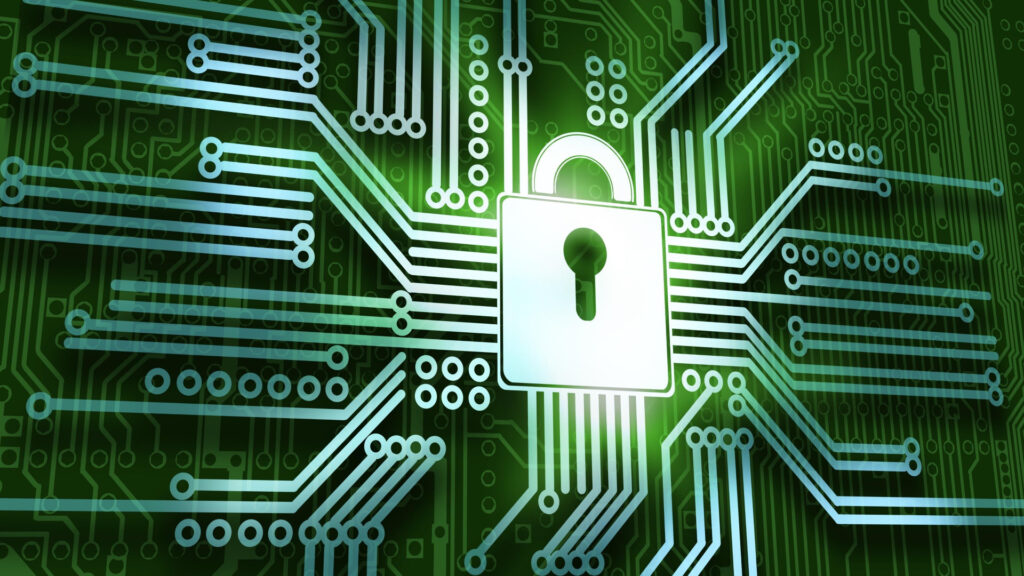Navigating the Depths of Cybersecurity: The Art of Fishing for Threats

In the vast, dynamic cyber ocean, where organizations are constantly following digital waves, the art of fishing takes on a whole new meaning. However, this is not about throwing a rope into the water; It’s about casting a net in the vast ocean of data to catch potential threats and vulnerabilities. As a content editor navigating the cybersecurity field, it’s important to understand the nuances of “fishing” in this context and create informed and interesting content.
Location determination: Cybersecurity environment
Before examining the specifics of fisheries in cybersecurity, it is important to understand the broader landscape. The digital world is full of opportunities and threats, with businesses and individuals relying on interconnected networks and systems. While there are advantages to working with each other, it also creates weaknesses that pessimists are eager to exploit.
Baiting the hook: Creating persuasive content
Just as a skilled angler chooses the right bait to attract a particular fish, content designers need to create messages that resonate with their audience. In cybersecurity, this requires content that educates and informs on the latest threats, vulnerabilities, and best practices. Evocative, informative articles and engaging infographics feed, attracting readers seeking knowledge to navigate the turbulent waters of the digital world.
Laying out the web: Prompt threat reporting
Fishing in cybersecurity is not a pointless task. This requires actively casting nets to gather threat intelligence. This includes watching for emerging threats, understanding attack patterns, and staying abreast of the latest vulnerabilities. Content editors play a key role in providing this intelligence to audiences, giving them the insights they need to stay ahead of potential cyber threats
Reeling in the Catch: Event Response and Communication
No matter how vigilant an organization is, cyber threats are inevitable. Effective incident response is critical when an “arrest” has been made. A content semiotic helps communicate events clearly, providing clear and concise information to internal and external stakeholders. Crisis communication, information reporting, and feedback conducted during and after an incident ensure that the organization drives change in outcomes.
Navigating the present: Compliance and legal updates
Cybersecurity is not only about protecting against external threats but also about navigating a complex process of compliance and regulations. Lists must be notified of changes in data protection legislation, industry standards and compliance requirements. This updated audience helps organizations guide their cybersecurity strategy in line with ever-changing regulations.
Sustainable fishing: Promoting cybersecurity awareness
Just as responsible fishing practices encourage ecologically sustainable development, content editors play a role in creating a culture of cybersecurity awareness Educational content, online advice about safe practices, and gaining insight into the latest cyber threats help build strong cybersecurity-savvy communities.
In the vast ocean of cybersecurity, databases are skilled fishermen, casting their nets to gather threat intelligence, producing informative stories, guiding organizations through the complexities of the digital landscape and capable this fishing in cybersecurity effectively.







